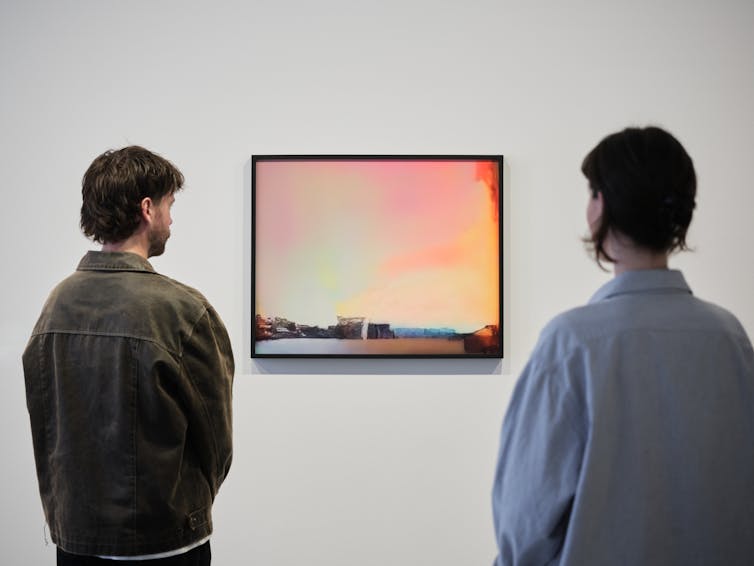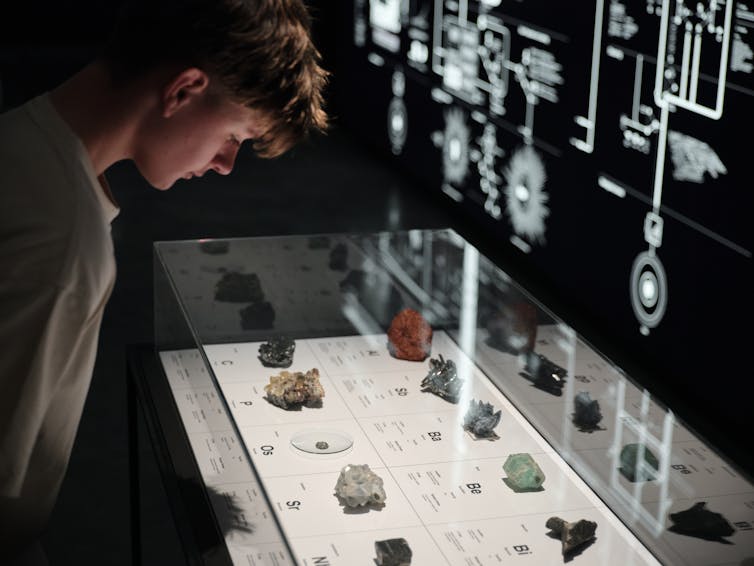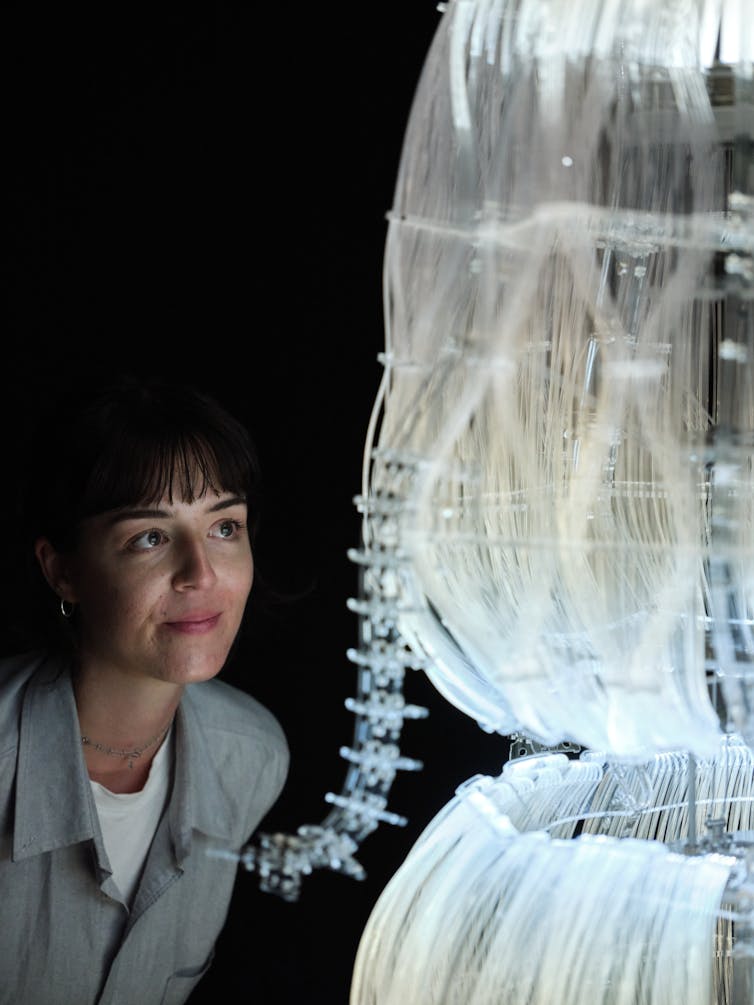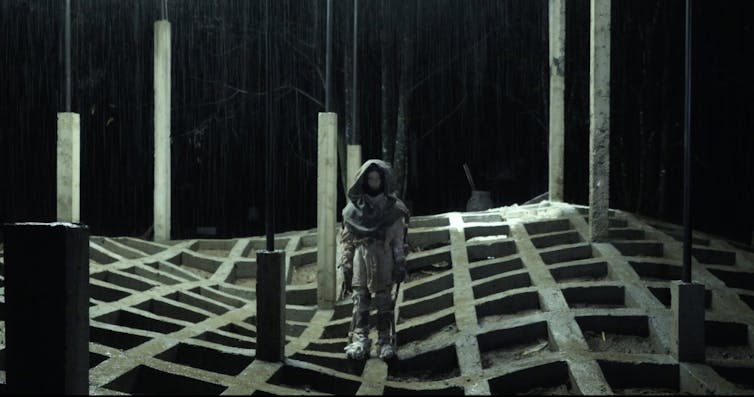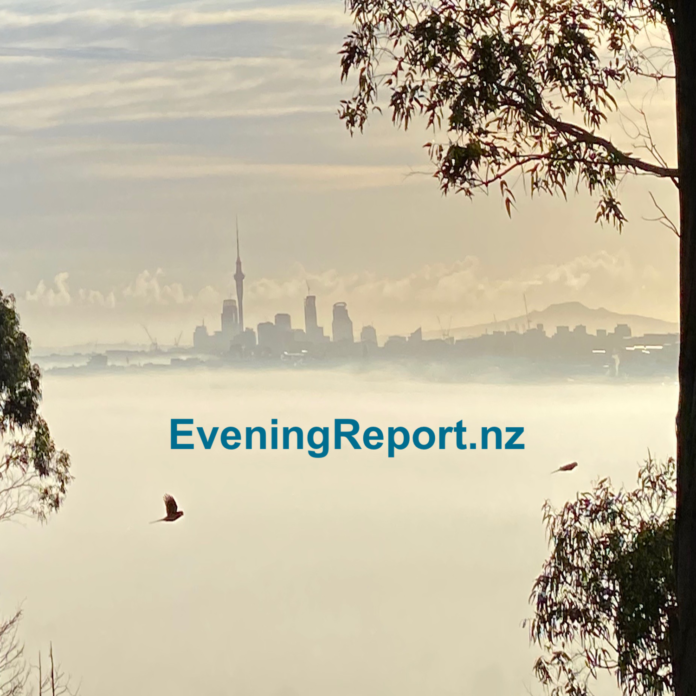Source: Radio New Zealand
It’s billed as the biggest shake-up to councils in 30 years, but a lot of questions about how the government’s regional council “reset” will work and what will happen remain unanswered.
The government on Tuesday announced plans to replace regional councillors with boards made up of mayors and maybe some minister-appointed representatives.
The ministers argue local government has lost its social licence and change is needed – but current councillors and opposition parties are questioning whether the solution on offer is the right one.
Part of the problem, according to the government, is many people don’t even know what a regional council does.
So here’s what we know, and the thorny issues yet to be teased out.
Environment Canterbury’s headquarters in Christchurch. Supplied / ECan
What are regional councils anyway?
New Zealand has various kinds of councils, but the main three types are:
- Regional councils (11 of these in NZ)
- Territorial authorities (67)
- Unitary authorities (6, including Auckland)
They have different roles and responsibilities.
Regional councils look after the environmental aspects of resource management including things like: flood protection, air quality, and pest control, as well as public transport planning and funding, civil defence, and bulk water supply and treatment.
Set up under the 1989 local government reforms, they cover large regions based primarily on water catchments or drainage basins.
These regions usually include cities, towns and rural areas which are in turn managed by local councils – the “territorial authorities” which include city councils and district councils.
As an example, the Greater Wellington Regional Council handles the regional council responsibilities for the Kāpiti Coast, Porirua, Wellington City, Lower and Upper Hutt, South Wairarapa, Carterton, Masterton and part of the Tararua district – each of which have their own city or district council.
The territorial authorities are responsible for meeting residents’ needs by providing services, including roads, water services, waste and recycling collection, parks and libraries, and administering public safety bylaws.
The third category – unitary authorities – basically combine the responsibilities for territorial and regional councils so the area just has one council.
Local Government Minister Simon Watts, left, and RMA Reform Minister Chris Bishop at Tuesday’s announcement. RNZ/Mark Papalii
So what’s the government doing?
The proposal revealed on Tuesday by RMA Reform Minister Chris Bishop and Local Government Minister Simon Watts is a two-step process.
The first step is abolishing the elected regional councillors and having the mayors of the territorial authorities in each region taking over their responsibilities as a new group, given the memorable name “Combined Territories Boards”.
There would be 11 of these boards, to match the current regional boundaries, and the government has also suggested its own representatives could be installed on the boards to provide greater oversight from the Crown.
It should be noted that at this stage the broader regional council infrastructure including staff, contracts, and asset ownership would remain unchanged, it’s just the elected councillors who would be replaced by the CTBs.
The second step is to task these boards with developing a strategy (Regional Reorganisation Plan) for how to reorganise council responsibilities in the long term.
The plans could conceivably decide to continue on with the CTBs, or they could come up with something new including amalgamating some territorial authorities, or they could set up regional agencies to take over planning for things like public transport – which often makes sense to plan at a wider regional level.
The plans would need to meet certain criteria set by the government including:
- Big picture fit: the plan supports national priorities like housing, infrastructure and business competition
- Short and long term affordability: a financially responsible arrangement to manage rates increases and support them to manage assets well
- Better services: reorganising local services so they work better and cost less
- Clear leadership: the plan sets out who does what and who is responsible across councils
- Local voice: decisions happen at the right local level, and the plan provides fair and effective representation of communities
- Treaty arrangements: all Treaty of Waitangi settlement commitments including for rivers are managed in accordance with the settlements
- Realistic: includes details for how to put the plan into action, for example with a step-by-step timeline for establishing a new regional roading agency or setting out how council staff might be restructured
Consultation on the plans will be mandatory, including with local communities, iwi and hapū, and other stakeholders.
Once developed, the plans would go to the Local Government Minister for signoff and the restructuring would take effect.
Chris Bishop at the media briefing. RNZ/Mark Papalii
At that point, the wider regional council infrastructure could be broken up into different unitary authorities, or the territorial authorities may find it simpler to combine into one region-wide unitary authority.
Bishop said the government had an “open mind” about how the councils would be reorganised, but with the changes brought through the RMA reforms “people will see the attraction of unitary authorities”. He said it would be fair to say the reforms would work best, democratically, if it ended up with more unitary authorities.
“With my Wellington MP hat on … the feedback I get from Wellington councils and mayors and actually frankly Wellington regional ratepayers that having Lower Hutt and Upper Hutt and Porirua and Wellington City is pretty nuts – so if this proposal goes ahead Wellington will get the chance to do what they have not done for quite a long time and seize the opportunity for growth.”
More information about how it could work is available from the Department of Internal Affairs and in the discussion document.
Timeframes
The ministers’ announcement at 5pm was also pitched as the launch of public consultation on their proposal, although for now DIA’s consultation page only said a survey would be published soon and to check back later for further updates.
Consultation closes on Friday, 20 February 2026.
The ministers said they aimed to have legislation drafted based on that consultation in mid-2026, and passed by mid-2027 – which would be after next year’s election.
Bishop would not guarantee the current councillors – elected just last month – would necessarily see out their full term.
Presuming the new government continues on with the proposed changes, the legislation would set up the CTBs, which would have two years from when they were established to produce the Regional Reorganisation Plan.
Complications: Votes and boundaries …
The proposal sounds simple on the surface, but there’s some things which make it all a bit more complicated.
One thing the discussion document seeks further feedback on is how much power each mayor would have on the board, the problem being that it’s difficult to find a solution that’s fair for everyone.
A simple model of giving each mayor one vote means smaller rural populations would have a lot more power, proportionally, through their mayor than those representing big cities. Then again, giving each mayor a number of votes based purely on population would tilt things in the other direction – basically giving the city mayors all the power.
The government’s solution is to primarily use a population-based vote approach, but have the Local Government Commission apportion more votes to smaller districts to balance it out a bit. This would either be left entirely up to the commission or the government would provide it with a set of criteria based on the feedback from the public consultation.
For resource management decisions, a majority of both the population-weighted votes and a majority of board members would be needed, as a way of providing an extra backstop.
The discussion document sets out that Crown Commissioners could also be brought in to “ensure that the national interest is considered in regional decision-making”.
They could either replace regional councillors (instead of having the CTBs), or could be brought in as additional members of the CTBs – with a range of options for how much power they could wield:
- Observer only: non-voting
- Veto power: able to stop decisions where they think it’s necessary in the interests of New Zealand as a whole
- Majority vote: Crown Commissioners hold more than 50 percent of the weighted votes, with the rest distributed among mayors
The document did not give an option for giving the commissioners a minority vote.
Another difficulty is that some territorial authorities are split across multiple regions, for example Taupō District is mostly covered by Waikato Regional Council, but also has areas in Bay of Plenty, Hawke’s Bay, and an apparently unpopulated sliver of Manawatū-Whanganui.
The government says it doesn’t want to change regional or district boundaries, so the discussion document presents two options:
- Having smaller isolated areas “adopted” into a neighbouring region, with the district mayor given additional voting power in line with the additional population. For example, the roughly 150 people of Taupō district who are in the Bay of Plenty region would be ‘adopted’ by a nearby mayor who gets extra votes on their behalf. The community is not currently expected to be able to vote on which mayor would represent them, but the government is considering that as an option.
- Having districts with isolated populations represented on all CTBs. For example, the Taupō communities would have a share of the votes on three different regional CTBs based on the population within each region. It’s possible a local ward councillor might represent Taupō district residents in Bay of Plenty, instead of the mayor.
The government proposes to either decide these on a case-by-case basis by the Local Government Commission, or based on some population threshold set by the government.
Hang on, why is all this happening?
The ministers give two main reasons for making these changes: that the coming RMA reforms will shake up regional responsibilities anyway and it makes sense to change local government at the same time; and that the status quo setup of councils simply isn’t fit for purpose anymore.
They argue the two layers of council (regional vs territorial) means costly duplication of services and that each can disagree over how things should be done, slowing down progress.
Shifting to one layer would be expected, Bishop says, to save ratepayers money by putting “downward pressure” on rates increases – stopping them from rising as quickly – and the discussion document says it will make decisions “much more coordinated”.
Bishop on Tuesday pointed to turnout at the recent local government elections as evidence local government as a whole “has lost the social licence, and that New Zealanders have lost faith in local government”.
But while warnings were sounded about low turnout ahead of the recent elections concluding last month, a bump on the last day meant the final turnout at 39.4 percent ended up close to the previous election in 2022.
Voting rates have been falling over the past three decades, but the rate is close to that of the UK, and higher than in the US.
Another reason for the government to step in is cost: council rates have been rising significantly in recent years and the government wants to be seen to be tackling the cost of living.
Prime Minister Christopher Luxon last August led the charge on calling for councils to tighten their belts and stop wasteful spending on “fantasies” – a message that seemed at odds with his previous anti-Three Waters campaign promising localism and devolution.
Some councils pointed out the government had continued to place additional demands on them without providing the funding to do so; that laws prevented councils seeking new funding in ways that did not rely on rates; that the rising cost of water services were forcing councils to prioritise spending on that; and that councils’ share of total taxation through rates was about 10 percent compared to central government’s 90 percent.
Reasons not to do it?
Opposition parties seem to agree something should be done to change the structure of local government in New Zealand – but warn the government’s approach could remove expertise and community voice.
They argue it is undemocratic to remove the elected councillors – particularly if Crown Commissioners reporting to government ministers end up with the power – and that it removes environmental protections the regional councils were set up to oversee.
While Treaty of Waitangi settlements will continue to be honoured, the government is also doing away with Māori constituencies and other regional constituencies – potentially erasing those protected minority voices from the democratic process.
The question of unexpected costs from setting up the boards and restructuring things also remains unanswered, though the ministers are confident it will keep overall costs down in the long run.
Finally, another consideration is that the problem of the structure of local government has been looked at before, several times – most recently and comprehensively with the Future of Local Government review commissioned under the previous Labour government.
Rather than building on that work, the coalition essentially binned that review on coming into office.
Sign up for Ngā Pitopito Kōrero, a daily newsletter curated by our editors and delivered straight to your inbox every weekday.
– Published by EveningReport.nz and AsiaPacificReport.nz, see: MIL OSI in partnership with Radio New Zealand






